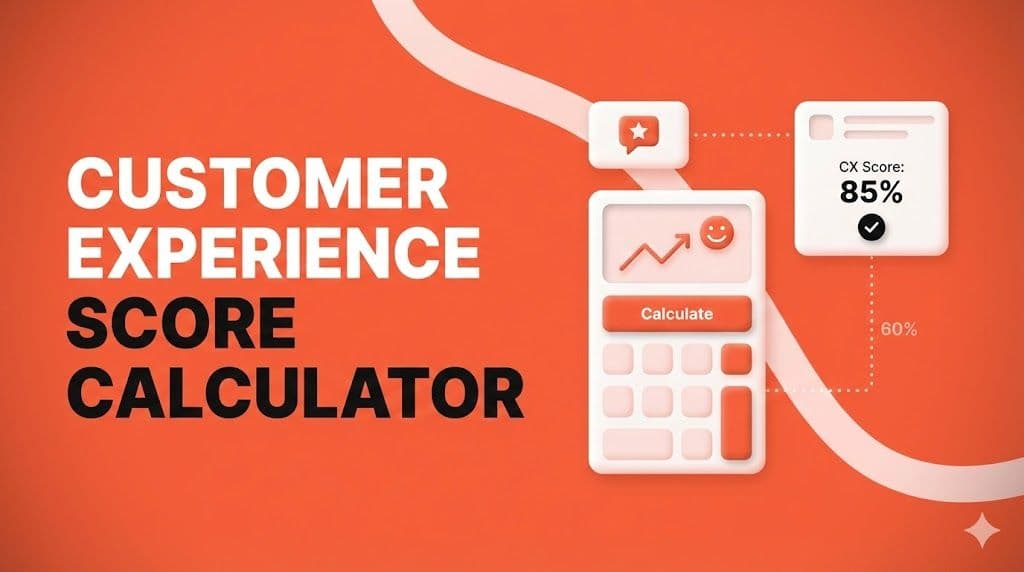Improve Your Business with a Customer Experience Score Calculator
Running a business means keeping a pulse on how your customers feel. That’s where a tool to measure customer satisfaction comes in handy. By combining key metrics like Net Promoter Score (NPS), Customer Satisfaction Score (CSAT), and Customer Effort Score (CES), you can get a clear picture of your performance without drowning in data.
Why Customer Feedback Metrics Matter
Feedback isn’t just nice to have—it’s essential. Knowing whether your clients are likely to recommend you, how satisfied they are, or how easy it is to interact with your brand can shape your strategy. A low score might mean it’s time to rethink your approach, while a high one can validate your efforts. Tools that simplify this analysis save you time and guesswork.
How to Use Your Results
Once you’ve calculated your overall score, use it as a starting point. Dive into each metric to spot specific strengths or weaknesses. Maybe your NPS is stellar, but CES shows room for improvement. Addressing these gaps can turn casual customers into loyal advocates. Start measuring today, and watch how small changes lead to big wins in customer happiness.
FAQs
What is a Customer Experience Score, and why does it matter?
A Customer Experience Score is a single number that reflects how your customers feel about your business based on key metrics like NPS, CSAT, and CES. It matters because it gives you a quick snapshot of satisfaction and loyalty. If your score is low, it’s a sign you might need to tweak your service or support. A high score, on the other hand, shows you’re on the right track. Use it to benchmark progress over time!
How are the metrics weighted in the calculation?
We’ve designed the tool to balance the importance of each metric thoughtfully. NPS carries a 40% weight since it’s a strong indicator of loyalty and word-of-mouth. CSAT and CES each contribute 30% because they capture satisfaction and ease of interaction, respectively. This mix ensures a well-rounded view of your customer experience without overemphasizing one area.
What if I don’t have all the metrics to input?
No worries, but you’ll need all three—NPS, CSAT, and CES—to get a result. If any field is left blank or has an invalid value (like an NPS over 100), the tool will show an error message asking you to fix it. This ensures the final score is accurate. If you’re missing a metric, consider surveying your customers to gather the data first.

.jpg)

.jpg)